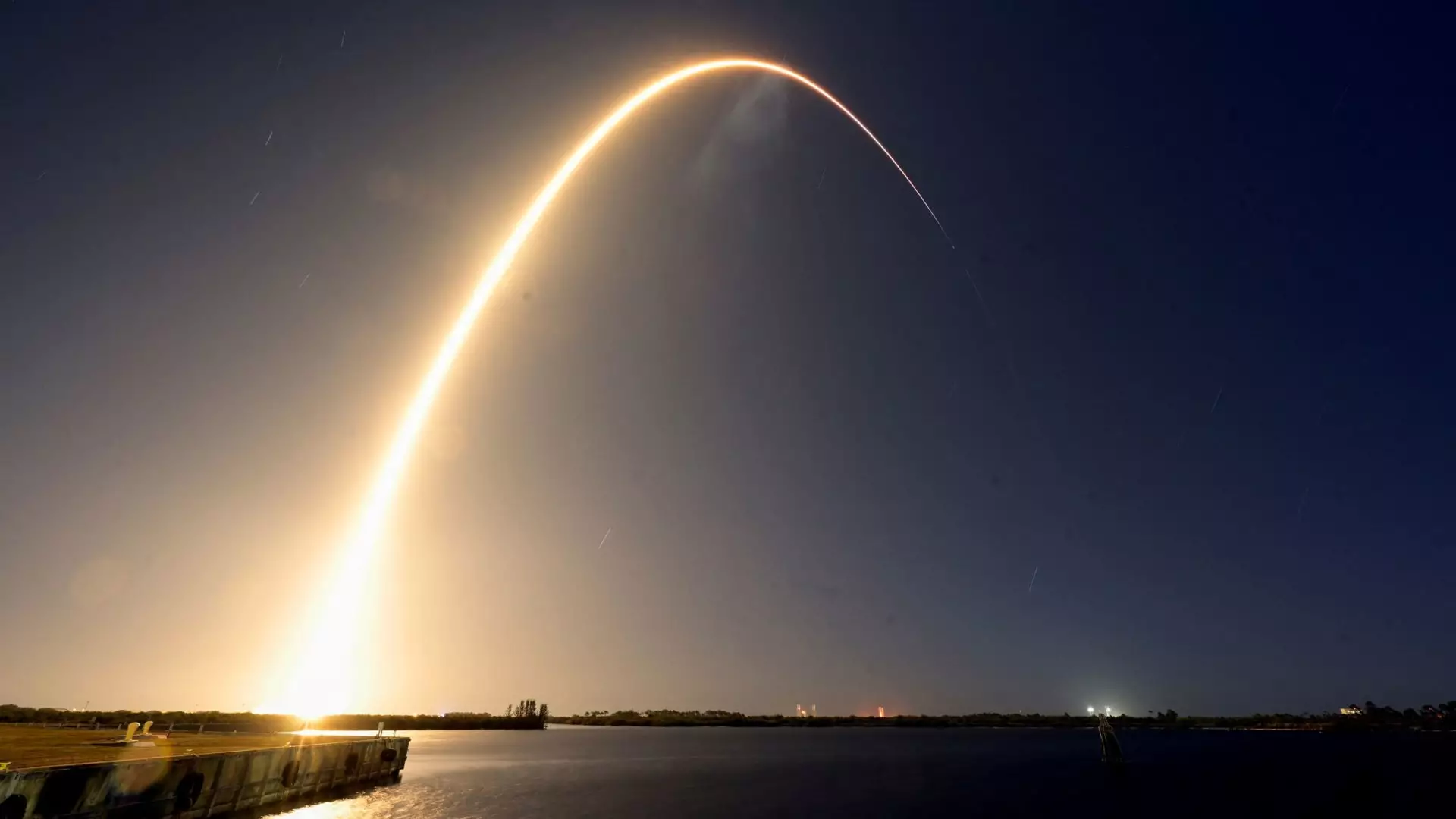In a remarkable step toward re-establishing humanity’s presence on the Moon, Firefly Aerospace, a Texas-based aerospace manufacturer, has embarked on its first lunar mission. On a recent early morning in Florida, the “Blue Ghost,” a cutting-edge cargo lander, was successfully launched into space aboard SpaceX’s Falcon 9 rocket. This groundbreaking mission, which has sparked a wave of curiosity and excitement, is not just a new chapter for Firefly, but also a significant stride in the realm of lunar services led by NASA.
Founded with the vision of reshaping the aerospace industry, Firefly Aerospace is primarily known for its Alpha rockets, which play a crucial role in delivering satellites into orbit. The company’s shift toward lunar capabilities marks a significant diversification of its portfolio. Under the direction of CEO Jason Kim, Firefly’s focus has shifted toward executing on-orbit operations and successfully landing on the lunar surface. This ambition is crucial for ensuring that the company can actively participate in NASA’s Commercial Lunar Payload Services (CLPS) program, which emphasizes a sustainable presence on the Moon.
The Blue Ghost lander, standing nearly 7 feet tall and named after a rare U.S. firefly species, is tasked with carrying 10 government and commercial payloads as part of a competitive $101 million NASA contract. The mission encapsulates ambitions that go beyond mere exploration; it aims to advance scientific projects and contribute to the growing ecosystem of lunar commercial activities. As part of the CLPS umbrella, Blue Ghost’s objectives are ambitious, including achieving 17 critical milestones throughout its mission journey. So far, Firefly has reported success in five milestones, such as launch and initial testing in orbit.
However, accomplishing the critical task of landing safely on the Moon remains the most daunting challenge. The lunar landscape is unpredictable, and previous attempts by other companies have demonstrated the risks inherent in lunar exploration. Both Astrobotic and Intuitive Machines have faced challenges in their past missions, reminding us of the trials that come with venturing into uncharted territories.
The Blue Ghost mission is part of a broader movement by NASA to engage multiple commercial partners to facilitate lunar exploration. This strategy aims to leverage private-sector innovation and efficiency, fostering a more dynamic and versatile approach to space missions. With the Artemis program as a guiding framework, NASA anticipates a future with increasing frequency of commercial lunar landings, paving the way not just for scientific discovery, but also for potential infrastructure development in lunar orbit.
Firefly’s lunar aspirations, however, are not occurring in isolation. The recent launch marked a milestone where two lunar landers, including Japan’s ispace, shared a ride to the Moon. Such collaborative strategies can amplify the possibilities for success and reduce risk, especially in the case of a rideshare scenario where costs are shared among different entities.
Looking ahead, the timeline of lunar exploration promises to become even busier. NASA forecasts additional lunar missions from up to five U.S. companies by 2025, reflecting a vibrant landscape of competition and cooperation in the space sector. As Firefly prepares for the next stages of their mission, the entire aerospace community watches with anticipation.
With a landing expected on March 2 targeting the lunar basin Mare Crisium, the Blue Ghost mission represents more than just an experiment; it encapsulates humanity’s enduring spirit of exploration. If successful, it could lay the groundwork for more sophisticated lunar operations, including research and potential future habitats, reaffirming mankind’s quest to push boundaries beyond our planet. The next couple of years could redefine space travel and set the stage for a new era of lunar exploration that combines government and private enterprise in revolutionary ways.

